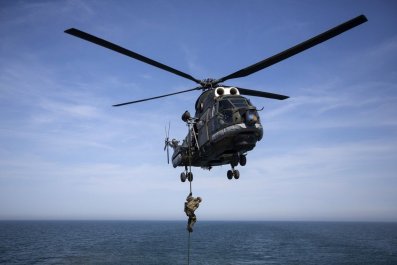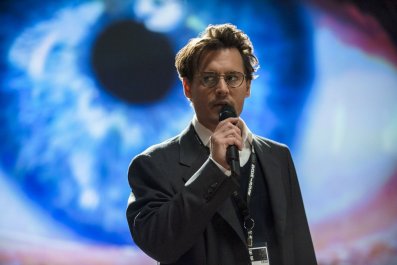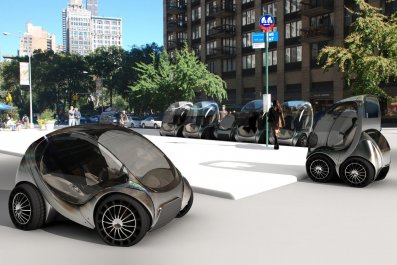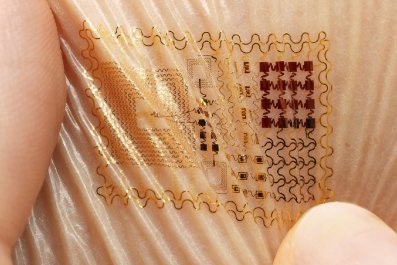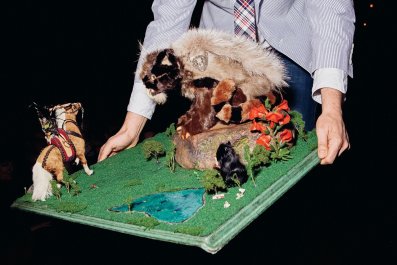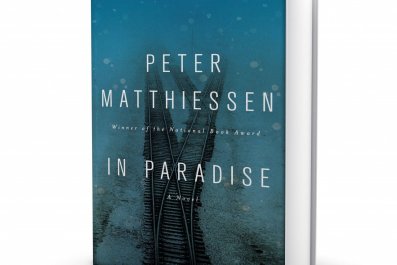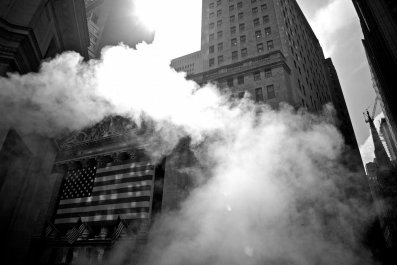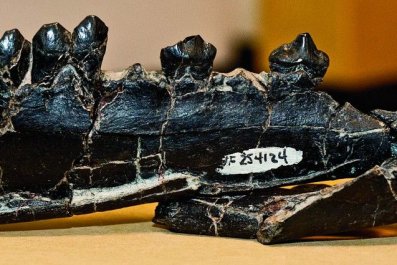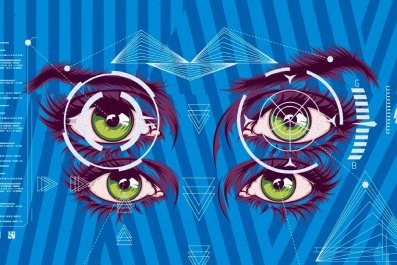Coming soon to a space station near you: the coldest refrigerator in the universe.
No, it won't be used to chill frosty brews for astronauts. The Cold Atom Laboratory (CAL), scheduled to fly to the International Space Station in 2016 on a resupply mission, will explore some of the strangest forms of matter known—and maybe unearth some that aren't known yet.
"Atomic physics has always had this ideal of studying a sample of atoms in a completely undisturbed state," says Robert Thompson of the Jet Propulsion Laboratory, the principal scientist for CAL. This means, first of all, a really cold environment, because heat means energy, and energy means disturbance. "There have been experiments in slowing [atoms] down and cooling them that have been spectacularly successful, at the level of millionths of a degree above absolute zero," says Thompson. "Atomic clock technology and other applications have arisen from that. But there are always folks who want to get colder still."
Thompson expects CAL to reach a tenth of a billionth of a degree above absolute zero. It's hard to wrap one's brain around such a cold temperature. Water freezes at 273 kelvins. Ten times colder than that, at 27 kelvins, you can liquefy hydrogen. Ten times colder than that, 2.7 kelvins, is the temperature of outer space. Now imagine cooling by another factor of 10...and another... 10 more times. That's how low CAL wants to go.
There are several reasons for studying matter at such low temperatures. One is to understand the baffling world of quantum mechanics. At billionths of a degree above absolute zero, atoms spread out and become thousands of times larger than usual. They become more like waves than tiny billiard balls, and it's possible for their waves to overlap to such an extent that they become indistinguishable. Instead of 100,000 atoms, you get one super atom. That's called a Bose-Einstein Condensate (BEC), after Satyendra Nath Bose and Albert Einstein, the two physicists who predicted such a state in 1925.
{C}
Eric Cornell and Carl Wieman were awarded a Nobel Prize in 1995 when they proved that Einstein was right by chilling rubidium atoms to 200 billionths of a degree. At even colder temperatures, Bose-Einstein Condensates could be large enough that you could actually see them (if you wear infrared goggles). Because this matter is in wave form, you can also transmit it around, as you would shine a beam of light.
By taking these BEC waves, splitting them and merging them back together, scientists could make ultra-sensitive tools called atom interferometers to measure things like distance, gravity and rotation. These would be useful for space navigation, because it's a lot harder to find your way around outer space than it is to navigate, say, the L.A. freeways. "GPS doesn't work in space," says Cass Sackett of the University of Virginia, who is working on the atom interferometry experiment. In the near future, these tools could be used to monitor the melting of ice sheets in Antarctica and the Arctic. When polar caps melt, it changes Earth's gravitational field—which is hard to pick up on the Earth's crust, but (sort of) easy to monitor with interferometers, because they are so sensitive to change.
But perhaps the coolest experiments on CAL will explore types of matter that wouldn't even exist without quantum mechanics. Cornell, the Nobel Prize winner, will run an experiment to create an exotic state of matter called an Efimov molecule, predicted by Russian physicist Vitaly Efimov in 1970. These are subtly intertwined arrangements of three atoms that are bound so loosely together that if you remove one, the other two fall apart. While there are no immediate applications envisioned for Efimov molecules, the CAL experiments will test whether our theoretical understanding of quantum physics is correct. The findings could help solve some of the hottest problems in physics, such as quantum computing.
The actual laboratory will consist of five briefcase-sized modules that will plug into a refrigerator-sized console called an "EXPRESS Rack." (Typically for NASA, EXPRESS is an overly cumbersome backronym: EXpedite the PRocessing of Experiments for Space Station Racks.) It's a remarkable feat of miniaturization because a normal cold-atom laboratory has a room full of lasers and magnets. These experiments will have to run on their own, controlled from the ground, with only the most basic repairs provided by the astronauts. Interestingly, the ultra-cold atoms will not be in the cold of space, but inside, just millimeters away from room-temperature areas of the space station.
CAL represents a comeback of sorts for NASA's microgravity program. According to Thompson, a potential BEC experiment called CLASS had been on the drawing board in the early 2000s, but funding for it dried up when the space shuttle program was terminated. Thompson has worked hard for several years to get it onto the International Space Station. He even toyed with the idea of calling the experiment "Second CLASS," but he says, "We decided that wasn't a particularly marketable title."





